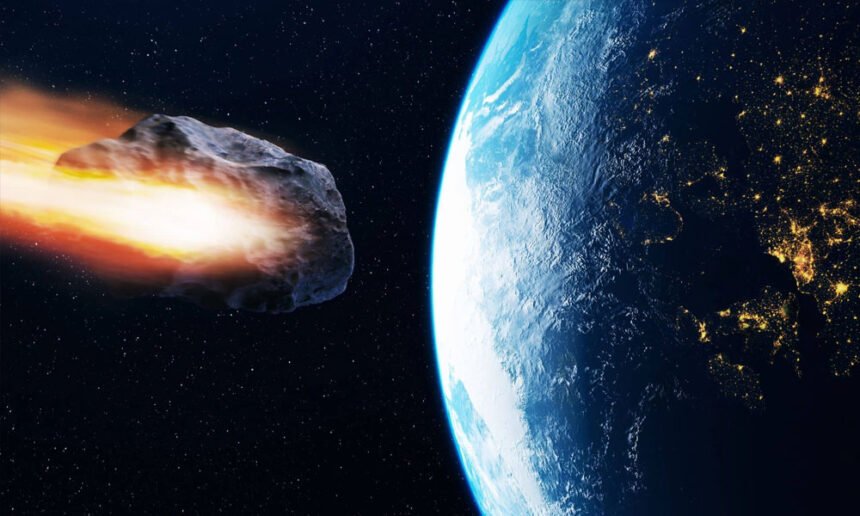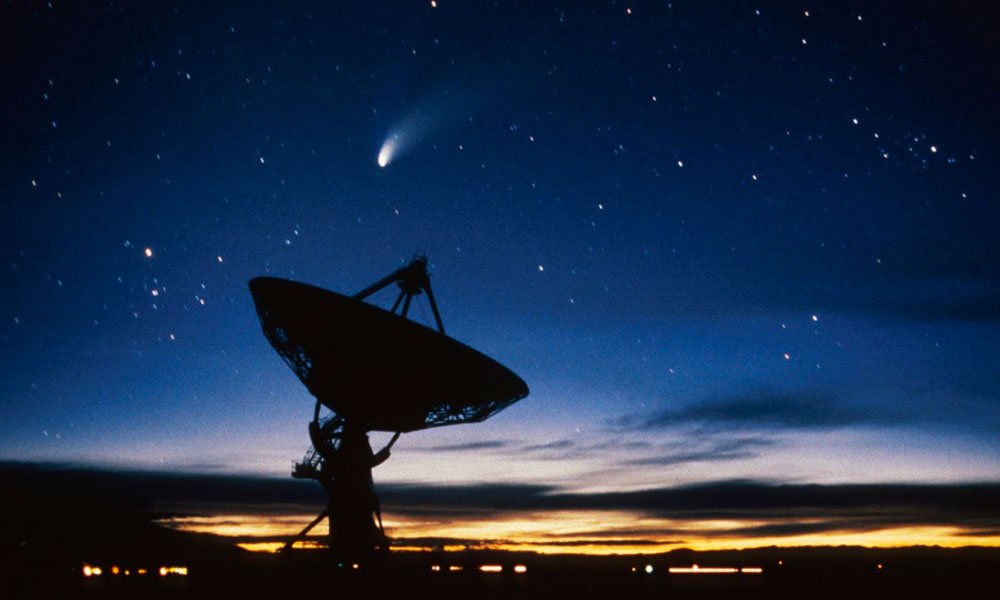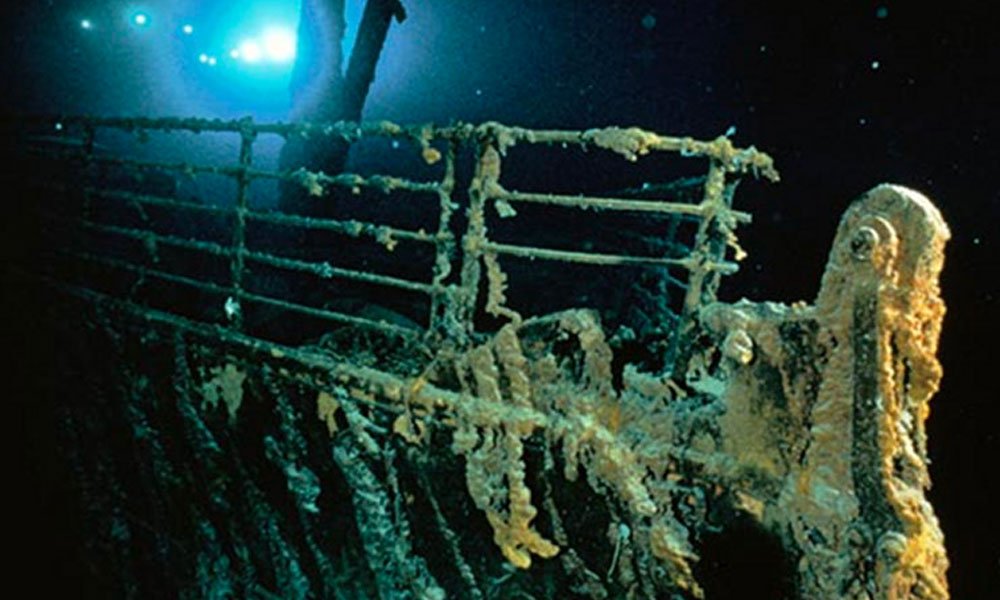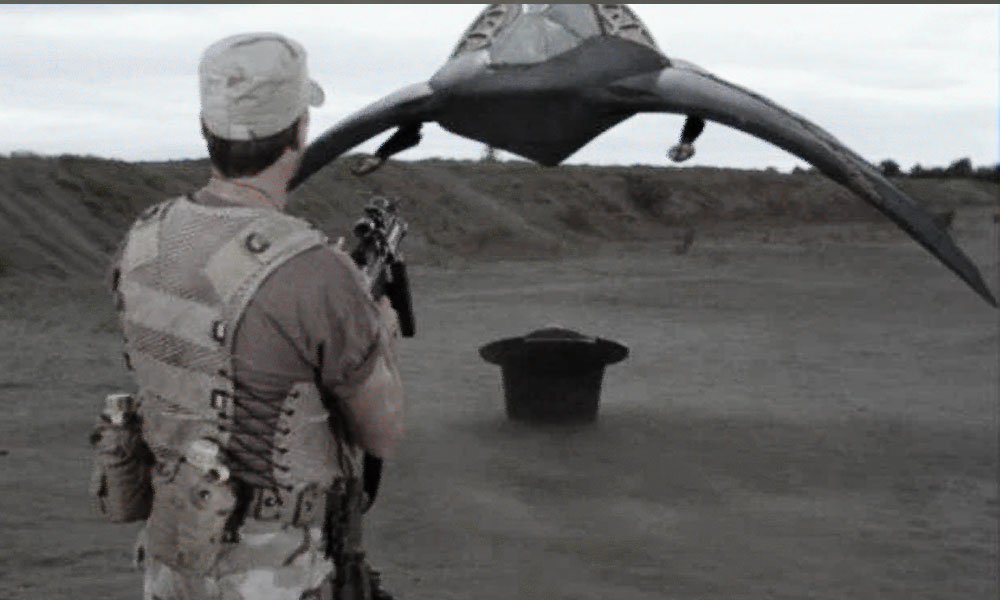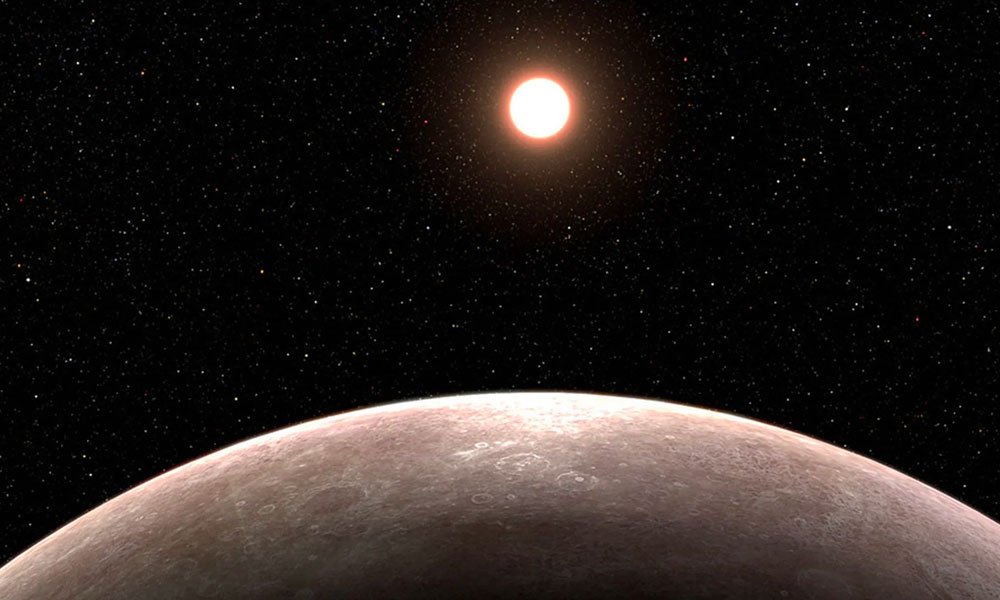NASA has updated its prediction about asteroid 2024 YR4 hitting Earth in 2032, raising the chances to 1 in 32, or 3.1%, up from the previous estimate of 1 in 42.
On February 7, NASA increased the likelihood of a collision from 1.2% to 2.3%. Since then, the chances have grown to 2.6%, and now they stand at 3.1%, according to the latest data from NASA’s Center for Near-Earth Object Studies.
Asteroid 2024 YR4 is about 177 feet (54 meters) wide, roughly the same height as the Leaning Tower of Pisa. While it’s too small to destroy human civilization, it could still cause major damage if it strikes a city. The impact would release about 8 megatons of energy—over 500 times the power of the atomic bomb dropped on Hiroshima, Japan.
The good news is that there’s still a 96.9% chance the asteroid will miss Earth entirely. As scientists continue to track its path, the likelihood of an impact may decrease to 0%. There’s also a tiny 0.3% chance that the asteroid could hit the moon instead, as reported by Live Science.
Scientists measure the risk of asteroids using the Torino Scale. With a rating of 3 out of 10, YR4 poses a potential for localized destruction. This means there is more than a 1% chance it could impact Earth.
As NASA gathers more data on the asteroid’s orbit, the chances of a strike could drop. Many other objects once on NASA’s risk list have been ruled out as threats after further observations.
Right now, YR4 is the only large asteroid with more than a 1% chance of hitting Earth. If it were to collide with Earth, it would likely land in a “risk corridor” that stretches over parts of the eastern Pacific Ocean, northern South America, the Atlantic Ocean, Africa, the Arabian Sea, and South Asia, according to NASA.









